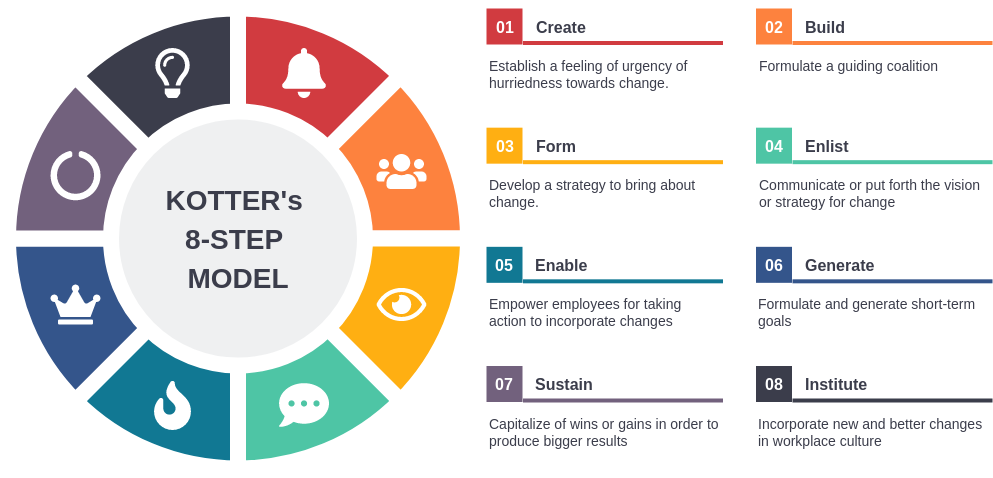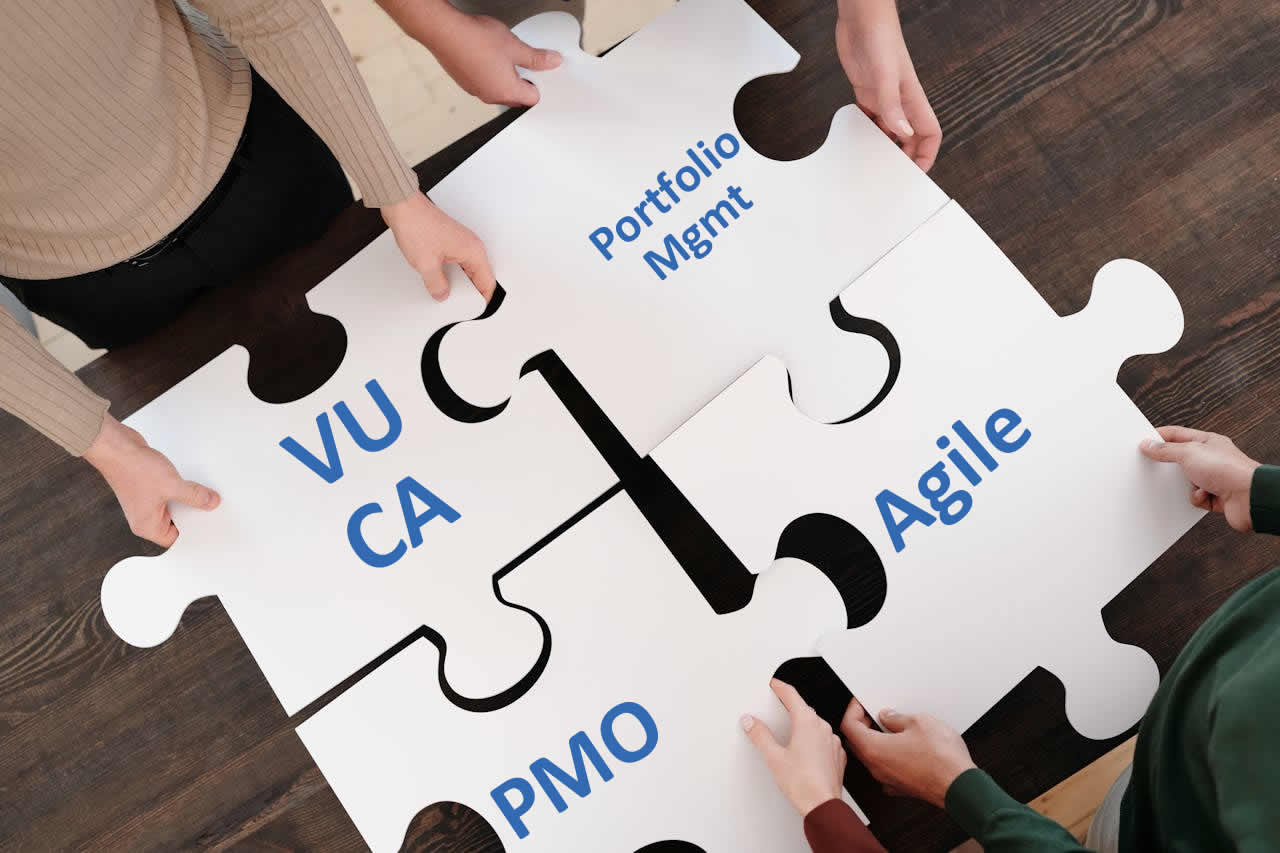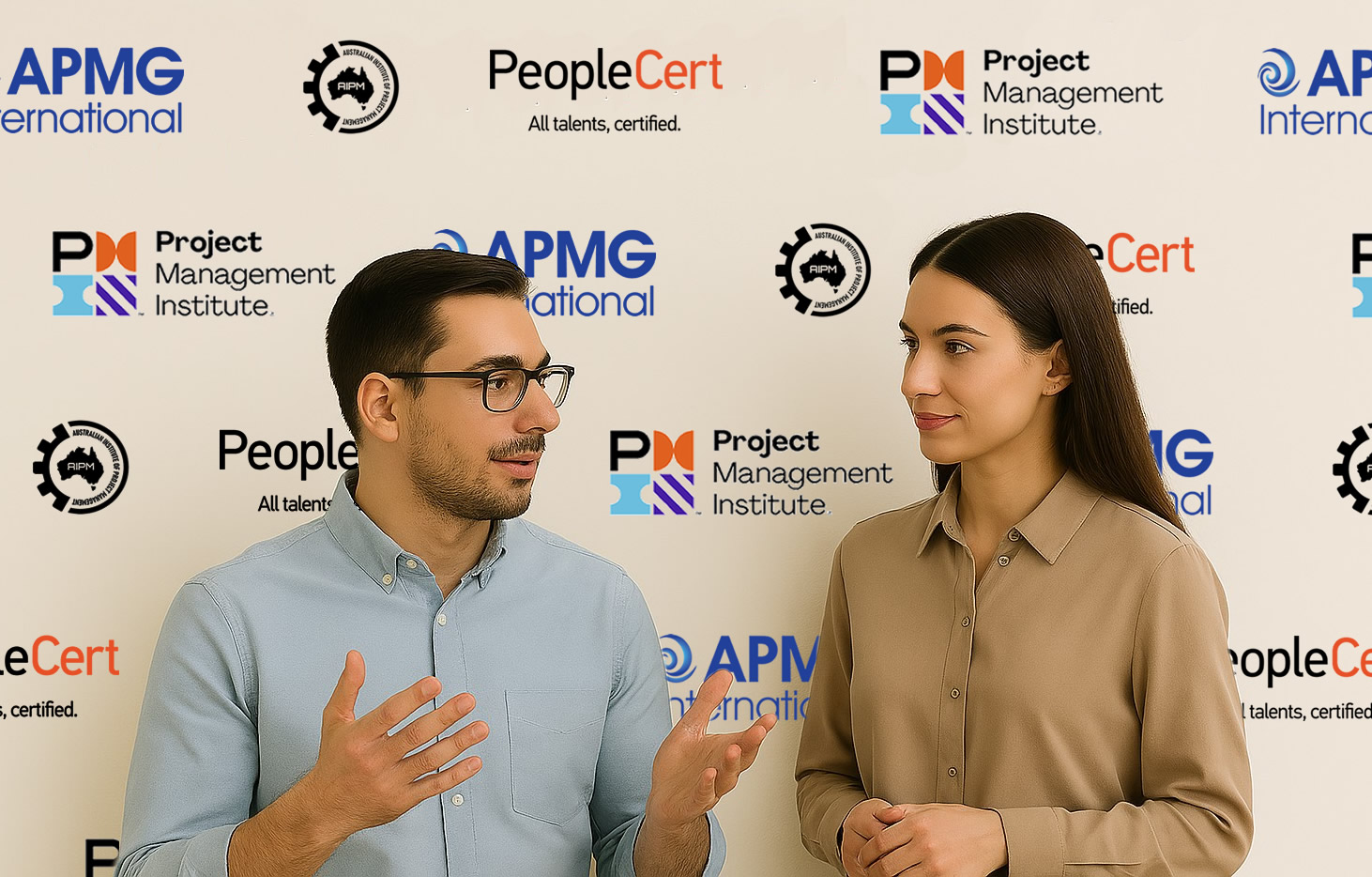In today’s dynamic business environment, navigating organisational change is inevitable. Whether driven by technological advancements, organisational restructuring, or evolving customer needs, change impacts people at all levels of an organisation.
Earlier this year, Millpond hosted a webinar titled Navigating Change Together. The session was led by James Dobson, CEO of Millpond, with a panel featuring Bec Cortesi (Practice Lead, Business Analysis and Change Management), Dr. Hafsa Ahmed (Training Partner), and Tara Papworth (Senior Consultant), all from Millpond. During the discussion, they shared insights on effectively managing change, particularly for those who may find themselves unexpectedly in change management roles. Below are the key takeaways from the discussion.
1. The Accidental Change Manager: Building Essential Skills
For many, navigating organisational change can be daunting, especially when they unexpectedly find themselves in a change management role. One of the panel’s first discussions highlighted the concept of the “accidental change manager.” In many cases, individuals find themselves tasked with managing change without formal training or experience, often due to their involvement in a project or organisational initiative. So, what advice did the experts have for these accidental change managers?
Build Relationships and Communicate Effectively
According to Bec, the most critical skills in a change manager’s toolkit are relationship-building and communication. Change management is about people—understanding their needs, concerns, and perspectives. Developing trust and fostering open communication channels with stakeholders is essential to create a conducive environment for change.
Storytelling as a Change Tool
Dr Ahmed emphasised the importance of storytelling in change management. Understanding the story behind the change—why it’s happening, who it affects, and what the outcome should be—helps communicate the change in a way that resonates with those impacted. Every change initiative has protagonists and antagonists; recognising these roles helps navigate challenges and influences the narrative constructively.
Seek Support and Clarify the Why
For Tara, understanding the change deeply and its impact on various stakeholders is the first step. The advice is simple: don’t go it alone. Leverage the expertise of senior leadership, colleagues, or mentors who can provide guidance. Also, asking critical questions such as “Why is this change happening?” “Why now?” and “What if we don’t?” provides a clear context and purpose, ensuring the change journey has a strong foundation.
Takeaway: For those stepping into a change management role unexpectedly, the ability to build relationships, tell compelling stories, and seek support from others are fundamental skills that create a positive impact.
2. Defining Change Management vs. Project Management: Where Do We Draw the Line?
One of the key distinctions when navigating organisational change is understanding the difference between project management and change management. While both are necessary, they serve distinct purposes in helping organisations transform. The panel addressed a common misconception: the overlap between project management and change management. While both disciplines often intersect, they are distinct, with different objectives and approaches.
Winning Hearts and Minds vs. Delivering Outputs
As Dr Ahmed articulated, project management often focuses on outputs—time, scope, and cost. In contrast, change management is about winning the hearts and minds of people and ensuring long-term outcomes. Project managers typically aim for successful project delivery, while change managers ensure that the transformation endures and adds value beyond implementation.
Early Involvement is Key
The discussion highlighted the importance of involving change management early in the project lifecycle. Tara mentioned that introducing change management before the business case is even written can alter project outcomes for the better. This proactive approach identifies potential impacts early, ensuring that people are prepared and that the project aligns with the organisation’s needs and culture.
Navigating Multiple Projects
Bec pointed out that organisations rarely handle one project at a time. With multiple projects running concurrently, the cumulative effect of these changes on people needs careful consideration. When the same individual handles both project and change management roles, the risk is that project priorities (like deadlines and budgets) overshadow the people-focused aspects of change. Organisations should aim for clarity in roles, ensuring both areas receive the attention they deserve.
Takeaway: Recognising the distinction between project and change management is crucial. Change managers should be brought into projects early to ensure that the human side of change is integrated into the project’s planning and execution phases.
3. Tailoring Tools and Approaches: The Importance of Flexibility
When navigating organisational change, flexibility and adaptability are key. While models like Kotter’s can provide guidance, change managers must tailor their approach to the specific organisational context.
Avoiding a Cookie-Cutter Approach
Dr Ahmed cautioned against relying too heavily on standard change models, as each organisation has its own unique culture, structure, and people. What works for one organisation may not work for another. Instead, models like John Kotter’s can serve as a framework but should be tailored to fit the specific context of the organisation.
Building Honest Relationships with Leadership
A recurring theme was the importance of honest communication with senior leadership. Understanding the organisation’s readiness for change and adjusting the approach based on that feedback ensures alignment between the strategy and the organisation’s capacity. Bec and Tara emphasised that change managers should not only rely on leadership but also seek feedback from all levels of the organisation. Ground-level employees often have critical insights that can make or break change initiatives.
Navigating Legacy Projects and Cultural Nuances
Legacy projects—those that are deeply ingrained in an organisation’s culture—pose significant challenges. Change managers must identify which aspects of the organisation’s culture support the change and which might resist it. Building strategies around these dynamics requires sensitivity and an open-minded approach, recognising that some elements may need to be phased out or transformed over time.
Takeaway: Effective change management isn’t about following a rigid model; it’s about understanding the organisation’s culture, engaging all levels of the organisation, and customising approaches to fit the context.
4. Managing Resistance: Addressing Antagonists in Change Initiatives
An audience member raised a pertinent question about dealing with “insatiable antagonists” in change management—those who resist change and have significant influence. The panel agreed that such resistance is often rooted in fear, identity concerns, or miscommunication. Managing resistance is a critical part of navigating organisational change. The panel emphasised that understanding the root causes of resistance can help move initiatives forward by addressing concerns head-on.
Understanding the Underlying Concerns
Dr Ahmed advised open and honest conversations to understand the true reasons behind the resistance. Sometimes, it’s about fears related to identity or job security. By understanding these concerns, change managers can frame the change in a way that reduces perceived threats.
Building Alliances and Escalation
When antagonists are influential, building alliances with other stakeholders and escalating concerns, when necessary, becomes crucial. As Bec noted, effective stakeholder analysis helps identify allies who can support the change effort.
Takeaway: Resistance in change is inevitable, but understanding its root causes and working collaboratively to address them is key to moving forward.
5. Practical Resources for Change Managers
In the final part of the discussion, the panel shared their favourite resources for staying informed and connected in the change management field.
Professional Institutes and Networking
Bec recommended engaging with the Change Management Institute and leveraging their Body of Knowledge (CMBoK). Networking within these communities provides practical insights and shared experiences that can be invaluable.

Social Media and Online Platforms
LinkedIn and platforms like Harvard Business Review offer articles and discussions on the latest trends in change management. These communities allow change managers to engage with peers, ask questions, and gain diverse perspectives.

Bite-Sized Learning Platforms
For those who prefer condensed information, James suggested Blinkist, a service that provides summaries of textbooks and management theories. It’s a quick way to stay updated without the time commitment of reading full books.

Takeaway: Engaging with professional communities, leveraging online resources, and staying current with industry knowledge are key to growing as a change manager.
Conclusion
The Navigating Change Together webinar provided valuable insights for both accidental and seasoned change managers. The overarching message is clear: change management is a people-centric discipline that requires empathy, adaptability, and strong communication. Whether you’re new to the field or have years of experience, focusing on building relationships, customising approaches, and engaging with all levels of an organisation will increase the likelihood of successful and lasting change.
Navigating change is not a solitary journey; it’s about coming together, understanding diverse perspectives, and guiding the organisation forward as a cohesive unit.
At Millpond, we specialise in supporting organisations through change. Our change management services can help you navigate challenges and achieve sustainable transformation. Learn more about our services here.
Not quite what you’re looking for?
Other blogs
of interest







